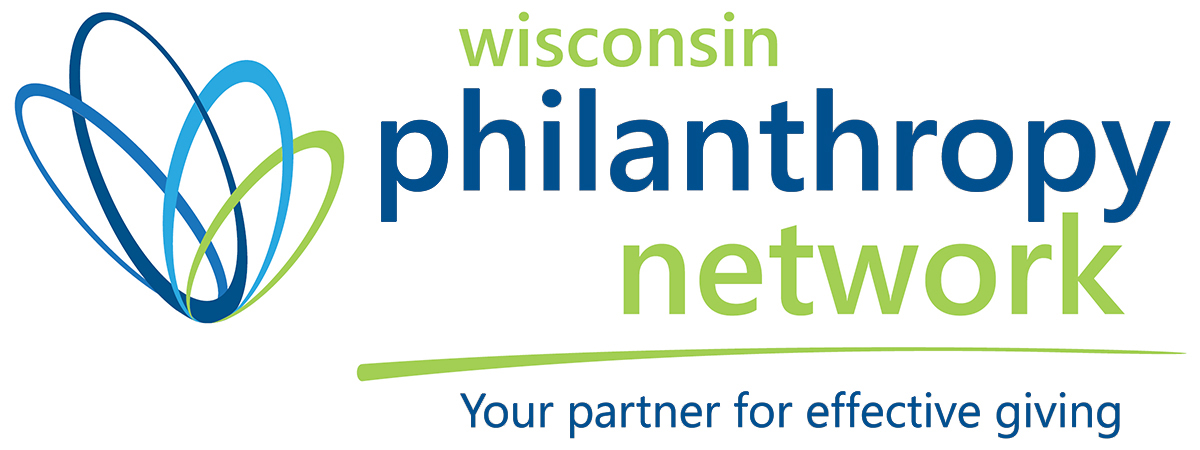Connecting to Philanthropy: Accomplishing individual philanthropic goals with meaningful contributions (June 5, 2015)
“Individual giving provides 72 percent, bequests provide 8 percent, and corporations provide 5 percent of all contributions” reported in Giving USA 2014, Giving USA Foundation report – combined to be an estimated $335.17 billion.
“In today’s environment, gifts from individuals are more important than ever in helping fund the work of charitable entities that donors care about,” says Timothy J. Larson, Vice President of Philanthropic Services at the Greater Milwaukee Foundation and a Wisconsin Philanthropy Network member.
There are many ways to give to a nonprofit organization. Individuals can make a gift in the form of a cash (including check or credit card), gifts in kind (non-cash gifts), or planned gifts.
“While 80-85 percent of individuals give annually, just 10 percent leave a planned charitable gift through their estate,” reports the Planned Giving Council (PGC) of Eastern Wisconsin. PGC defines a planned gift as a charitable gift that is designed to meet the donor’s financial, estate planning and charitable goals.
Planned giving can help individuals accomplish their philanthropic goals, while also providing support to the nonprofit organization of choice.
PGC of Eastern Wisconsin shares the benefits of planned gifts:
For nonprofits, a planned gift
* offers an opportunity to create a dialogue with the donor,
* helps increase current outright giving,
* provides for future support of the organization, and
* increases the donor’s overall lifetime giving capacity.
For individual donors, a planned gift
* can provide substantial tax advantages,
* can increase the donors’ income now or later,
* can “unlock” income from assets which currently produce little or no income, and
* can enable the donor to satisfy his or her desire to make a significant philanthropic impact.
For nonprofits, offering a variety of ways to give does come with additional work, but the financial rewards may be worth the pursuit and management of these often larger gifts.
Common planned giving options
There are a variety of ways to make a planned gift. Individuals have the flexibility to designate and customize a planned gift that meets their individual philanthropic goals.
Planned gifts can be a current gift or a deferred gift. For a current gift, the nonprofit receives the gift now. A deferred gift is legally documented to make a gift to the nonprofit in the future.
In the simplest of definitions, planned gift opportunities may be through, but not limited to:
* Bequest – naming a nonprofit in the donor’s will or revocable trust
* Beneficiary designation – naming a nonprofit as a beneficiary to an individual retirement account (IRA), checking account, investment account, or life insurance policy
* Charitable trust – where the donor selects beneficiaries, terms and income level
* Charitable gift annuity – an exchange of a gift to the nonprofit and a fixed amount (annuity) paid to the donor
* Non-cash gift – such as real estate, publicly traded stock, life insurance policy or tangible personal property
What is the most common planned gift? “Simple bequests are the most common, which make up 90 percent of all planned gifts,” says PGC of Eastern Wisconsin.
Larson agrees: “A bequest in your will to your favorite nonprofit organization is an easy way for an individual to make a difference.”
An appropriate professional advisor at a community foundation, nonprofit, law firm, or financial institution can help evaluate the benefits and tax implications of each opportunity.
Contributed by Melinda VerDuin, Communications and Marketing Manager, Wisconsin Philanthropy Network (formerly Donors Forum of Wisconsin).




